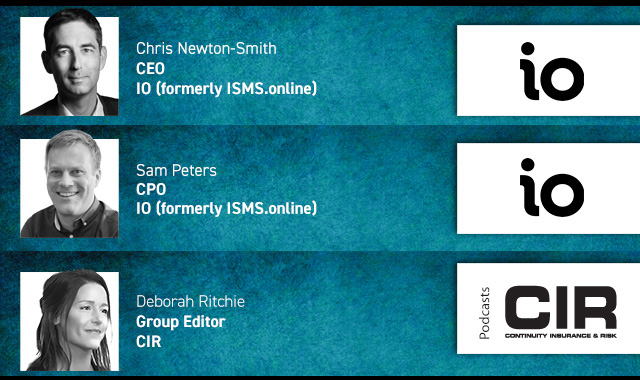Corporates have reported that their Scope 3 supply chain emissions were, on average, 26 times greater than their emissions from direct operations (Scopes 1 and 2) last year, according to a new report by Boston Consulting Group and CDP. It found that upstream emissions from the manufacturing, retail and materials sectors had a footprint 1.4 times the total CO2 emitted in the EU in 2022.
However, supply chain emissions continue to be overlooked, with corporates twice as likely to measure operational emissions (Scopes 1 and 2) than their supply chain emissions (Scope 3). Organisations are 2.4 times more likely to set targets for operational emissions compared with supply chain emissions; of the corporates disclosing to CDP, only 15% have set a Scope 3 target.
Sonya Bhonsle, director of strategic accounts at CDP, said: “These figures highlight that the challenge of effectively measuring Scope 3 emissions is widespread and spans industries. Meaningful strides toward emissions reductions require corporates to evaluate their full supply chain, then raise ambition and take accountability. The first step to driving meaningful change toward a 1.5°C-aligned net zero future begins with disclosure.”
The report identifies the three most significant factors that correlate with ambition and action on Scope 3 upstream emissions, including having a climate-responsible board which it says makes organisation five times more likely to have a Scope 3 target and a 1.5°C-aligned transition plan
It adds that corporates that engage with suppliers on climate-related issues are almost 7x more likely to have a Scope 3 target and a 1.5oC-aligned transition plan but warns that only four in ten corporates engage with their suppliers. The report also suggests that corporates with an internal carbon price mandated for all business decisions are 4x more likely to have a Scope 3 target and 1.5°C-aligned transition plan.
Diana Dimitrova, BCG managing director and partner, and co-author of the report, added: “The responsibilities and incentives to act on Scope 3 emissions for corporates and investors converge on risk management, and their oversight bodies must push for risk quantification and management.”
Only half of corporates disclosing through CDP evaluate the financial risks from upstream emissions. However, of those that do, a third acknowledge the risk to profit. Despite these risks, fewer than one in ten investors require investees to disclose Scope 3 upstream emissions as part of investment policies. CDP points out that boards have a fiduciary responsibility to manage these risks, and investors must price in the risks from carbon liability and demand greater transparency through disclosure.
Printed Copy:
Would you also like to receive CIR Magazine in print?
Data Use:
We will also send you our free daily email newsletters and other relevant communications, which you can opt out of at any time. Thank you.











YOU MIGHT ALSO LIKE